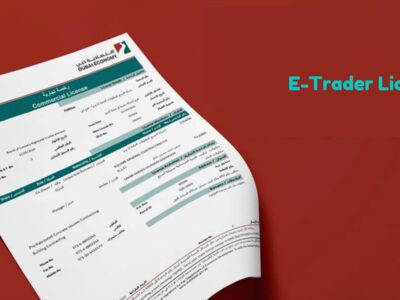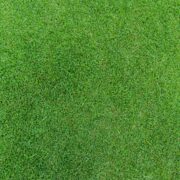The emergence of various varieties of shaped fiber as the most popular means of molded pulp packaging and shielding products is attributed to many factors, including improved molding technologies, processes, and instrumentality. Therefore, the increasing demand for environmentally friendly proprietary packaging. Shaped pulp is remarkably versatile, and a perfectly formable material provides endless style potential.
Molded pulp is commonly thought of as a property packaging material, as outlined by the property Packaging Coalition since it’s made from recycled materials. It might be recycled once more when it’s a helpful life cycle. The molded pulp packaging product is created with a twig or dip coating of wax.
Transfer shaped product means that when shaped, then transferred below the sun to dry, that is widely used nowadays. The product surface feature is that the alternative aspect is rough. The wall thickness ranges from one.5mm to 3.0mm. Products are mainly used for physics, household, hardware, wine shipper, egg cartons, cup carrier, fruit trays treatment like vessel liners, urinal, etc. It belongs to dry pressing.
Manufactured with one tooling, thick wall is also generally named” Slush mold” its product surfaces one aspect moderately sleek. The opposite element is extremely rough, victimization like cardboard, furrowed pulp, and cheap newspaper material. The wall thickness ranges from two.5 mm to 6.0mm, and products can be used for edge defenders, giant home appliances, and alternative packaging protections.
Molded fiber, additionally referred to as shaped pulp, is sometimes composed of perishable stuff like recycled paper, newsprint, cardboard, and alternative natural fibers like sugarcane, bamboo, and wheat straw. Shaped pulp products will later be recycled in addition. Thus, shaped fiber will cut back environmental waste and save trees.
Thermoformed pulp products originate from “cure-in-the-mold” technology manufacturing robust, well-defined, and smooth-surfaced elements. Wall thicknesses usually vary between 1/16″ – 1/8″. Once shaped, the pulp is captured in heated forming molds that press and densify the shaped pulp product. Elements are ejected from the heated molds in their finished state; no kitchen appliance drying is required. Uses are for those where high-definition and look are essential.
Processed pulp products are people who have undergone a secondary procedure added to the core producing method. Secondary processes could embody dying, coating, printing, die-cutting, chemical additions, etc.
Thick-walled pulp is the thickest molded pulp packaging used for producing packaging products for shipping and transportation. It’s primarily made of scrap, kraft, and cardboard. The product typically has an unfinished surface on one aspect, with a moderately finished one on the opposite. The thick and rustic profile makes it the best application for creating edge protectors for solemn instrumentality.













Comments